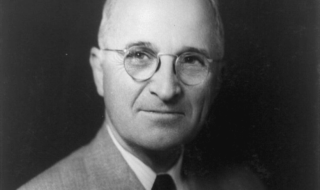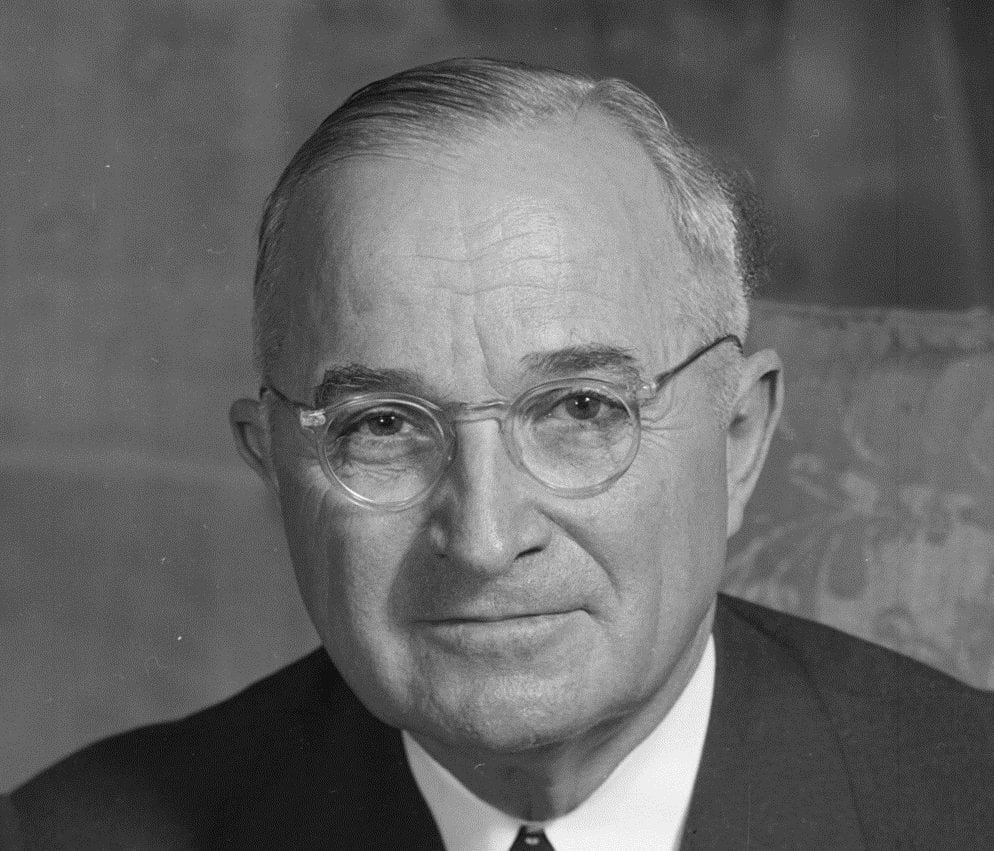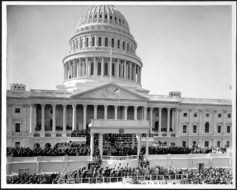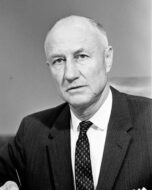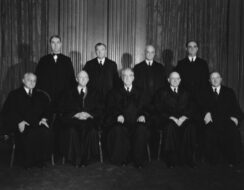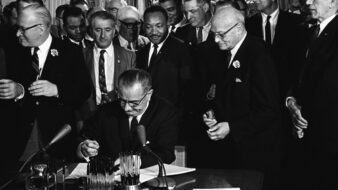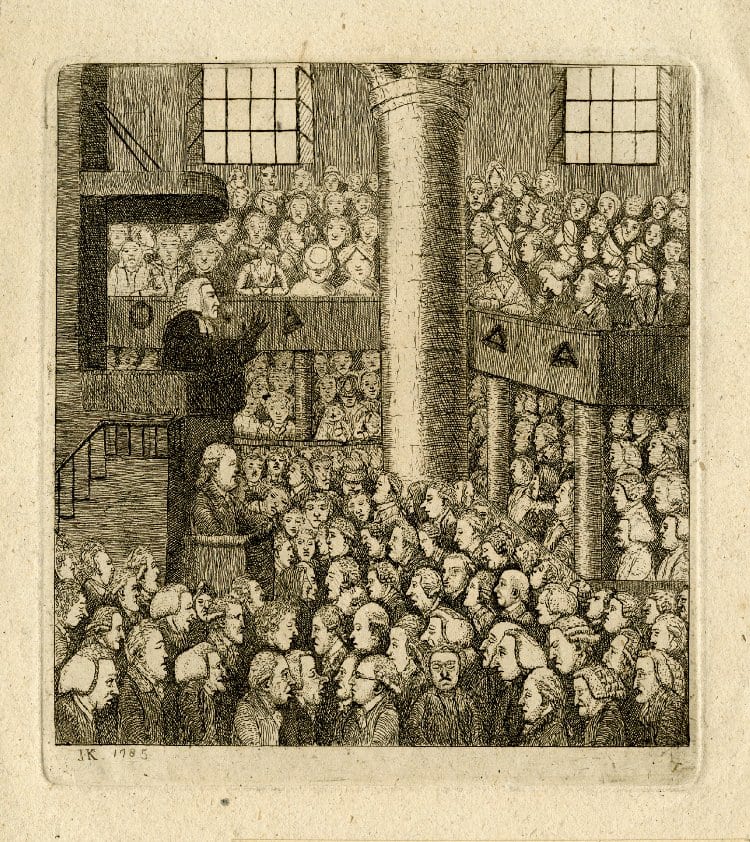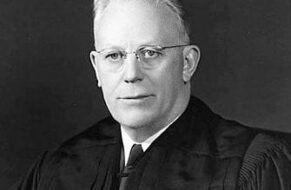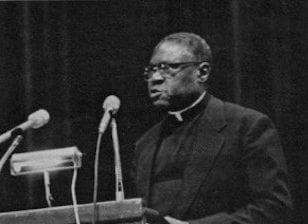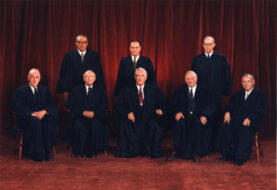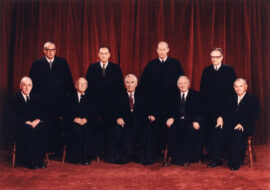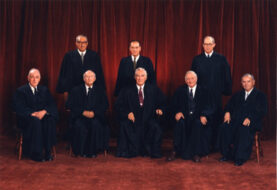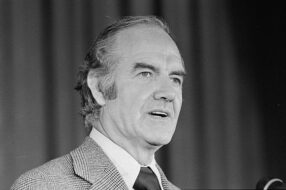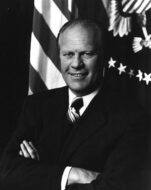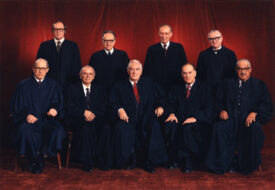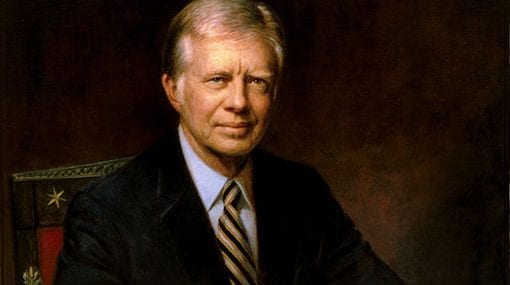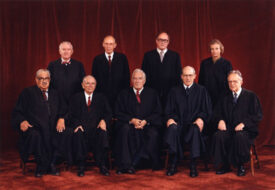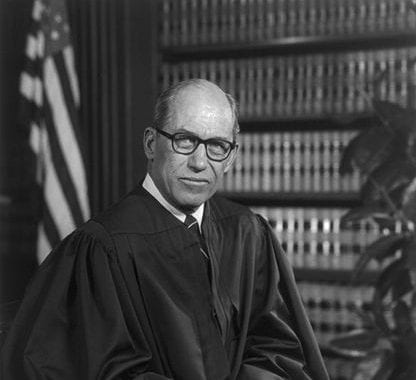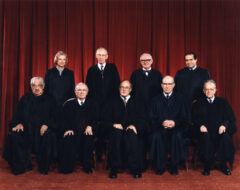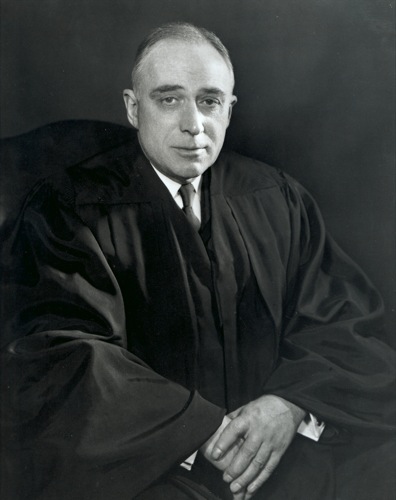
No related resources
Introduction
Supreme Court Justice John Marshall Harlan II (1899–1971) made these remarks while introducing a lecture by U.S. Supreme Court Justice Potter Stewart (1915–1985) analyzing the influence of Justice Robert H. Jackson (1892–1954) on federal-state relationships. The lecture was delivered as part of a lecture series organized by the Bar Association of New York City and the William Nelson Cromwell Foundation and dedicated to analyzing Justice Jackson’s judicial career.
In considering the consequences of Supreme Court decisions for the balance of federal and state authority, Justice Harlan noted that the Court shapes the federal-state balance in part by issuing decisions sustaining or blocking congressional laws and in part also by issuing decisions upholding or disallowing state laws. In the 1930s and 1940s, the Court’s main contributions to shaping the federal-state balance came via decisions reviewing, and often sustaining, congressional statutes, generally relying on expansive interpretations of the Constitution’s commerce clause (Article 1, section 8, clause 3). However, in the 1950s and 1960s the Court’s contributions to shaping the federal-state balance often took the form of decisions reviewing, and frequently invalidating, state statutes, generally on the ground that they violated the Fourteenth Amendment’s due process or equal protection guarantees. Justice Harlan highlighted Court rulings establishing uniform national standards for investigating and prosecuting criminal cases (e.g., Mapp v. Ohio, 1961; and Miranda v. Arizona, 1966) and rulings requiring states to adhere to a one-person/one-vote principle when drawing state legislative districts (most notably Reynolds v. Sims, 1964).
Justice Harlan argued that recent U.S. Supreme Court rulings in the areas of criminal law and state legislative redistricting stemmed from distrust in the ability of the federal system to address the challenges created by periods of rapid change. While acknowledging that recent Court rulings had brought about “a broadening of the constitutional protections afforded to the individual” and were in that sense “healthy” developments, Justice Harlan nevertheless concluded that those who saw federalism itself as important to American liberties would view the erosion of state authority with apprehension.
Source: Charles S. Desmond, Paul A. Freund, Justice Potter Stewart, and Lord Shawcross, Mr. Justice Jackson: Four Lectures in His Honor (New York: Columbia University Press, 1969), 58–60, https://www.roberthjackson.org/speech-and-writing/mr-justice-jackson/.
... No field of constitutional law has given rise to more important litigation or led to greater differences of opinion among judges and lawyers than what has been referred to in some Supreme Court opinions as the “delicate balance” between federal and state authority. The preservation of that balance becomes the more difficult at times when great social or economic changes are taking place in the country, for in such times those who do not see the federal system as a strong pillar of political liberty tend to become impatient with the slowness of its workings, and with the existence of different patterns among the states with respect to things about which they feel strongly. Federal authority is then looked to as the best means for bringing about prompt and pervasive change. In this respect the period of Mr. Justice Jackson’s government service is not unlike the present era.
The time which found Mr. Justice Jackson in Washington saw a wide extension of federal authority based principally upon an expanded interpretation of the commerce clause. Following in the wake of the great depression of 1929 and the early 1930s, broad new fields of federal economic regulation, respecting matters theretofore considered to lie within state control, were begun under the aegis of this broadened view of the commerce power. At the same time, however, the Court exhibited a sensitive concern for state authority in other directions. The Court continued to back away from the notion of “substantive” due process, a constitutional doctrine under which important state legislative enactments had from time to time been invalidated under the due process clause of the Fourteenth Amendment.1 Federal judicial oversight of state legislation has now become a very rare thing under the due process clause. And while the concepts of “procedural” due process remained intact, the Court was for the most part prone to exercise authority in such matters quite sparingly. This was also true with respect to the equal protection clause of the Fourteenth Amendment. In short, while the Jackson period witnessed a substantial extension of federal authority into what had previously been regarded as purely state domains, the source of that extension is to be found principally in an expanded view of the powers affirmatively delegated by the Constitution to the federal government rather than in an expansion of the restrictions placed by the Fourteenth Amendment upon state action.
The period following Mr. Justice Jackson’s death has seen still further constitutional inroads upon state authority, this time primarily as a result of judicial applications of the Fourteenth Amendment. This development has had three aspects: first, a greatly enlarged view of the reach of the equal protection clause of the Fourteenth Amendment; second, a growing acceptance of the previously rejected view that the Fourteenth Amendment “incorporates” most, if not all, of the provisions of the federal Bill of Rights, making them applicable as such against the states; and, third, interpretations of some of those provisions to encompass governmental action heretofore not thought to be within their purview. Overriding all of these constitutional attributions is a nebulous, yet discernible, view that the Constitution through judicial interpretation should be made to serve as an instrument for achieving basic reforms where other avenues for change are for one reason or another foreclosed.
In combination these developments have resulted in bringing within the sweep of federal power much that has hitherto been left to the states. The most wide-ranging impacts have been in the fields of criminal law and of state legislative apportionment, and I do not think that it can be said that the end is yet in sight. From the standpoint of the subject under consideration this evening the important thing, I think, is not so much whether the particular changes themselves are good or bad as it is the fundamental shift such changes evince in the current judicial approach to federal-state relationships. This shift must be recognized as involving something more than mere differences among judges as to where the line should be drawn between state and federal authority in particular cases arising under the Fourteenth Amendment. It reflects, I believe, at bottom a distrust in the capabilities of the federal system to meet the needs of American society in these fast-moving times, and a readiness on the part of the federal judiciary to spearhead reform without circumspect regard for constitutional limitations upon the manner of its accomplishment. To those who see our free society as dependent primarily upon a broadening of the constitutional protections afforded to the individual, these developments are no doubt considered to be healthy. To those who regard the federal system itself as one of the mainsprings of our political liberties, this increasing erosion of state authority cannot but be viewed with apprehension....
- 1. “Substantive due process” is a theory of legal interpretation by which a court may find that a law violates the rights of citizens even though the law was enacted and enforced in a procedurally correct manner.

Conversation-based seminars for collegial PD, one-day and multi-day seminars, graduate credit seminars (MA degree), online and in-person.






